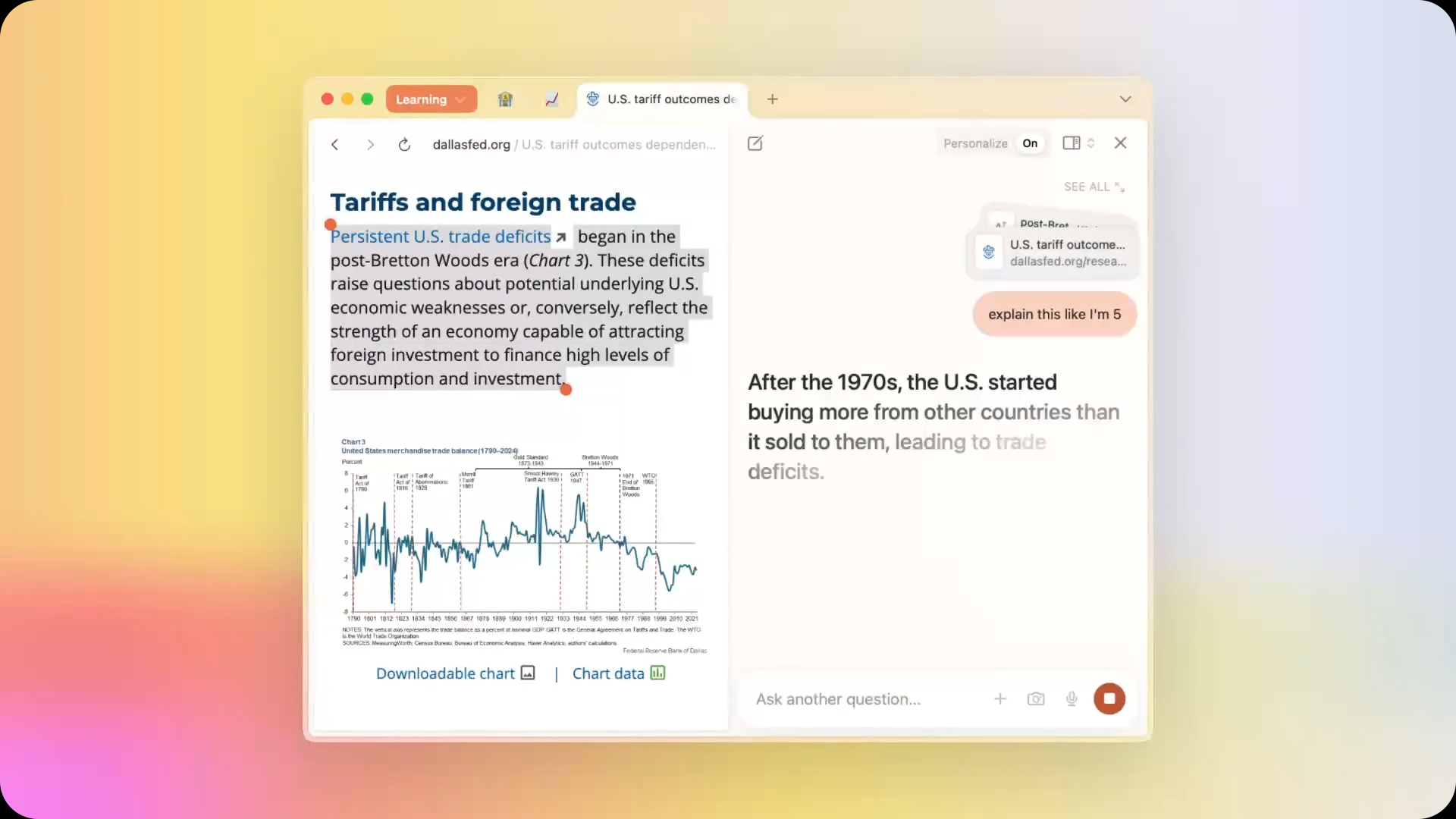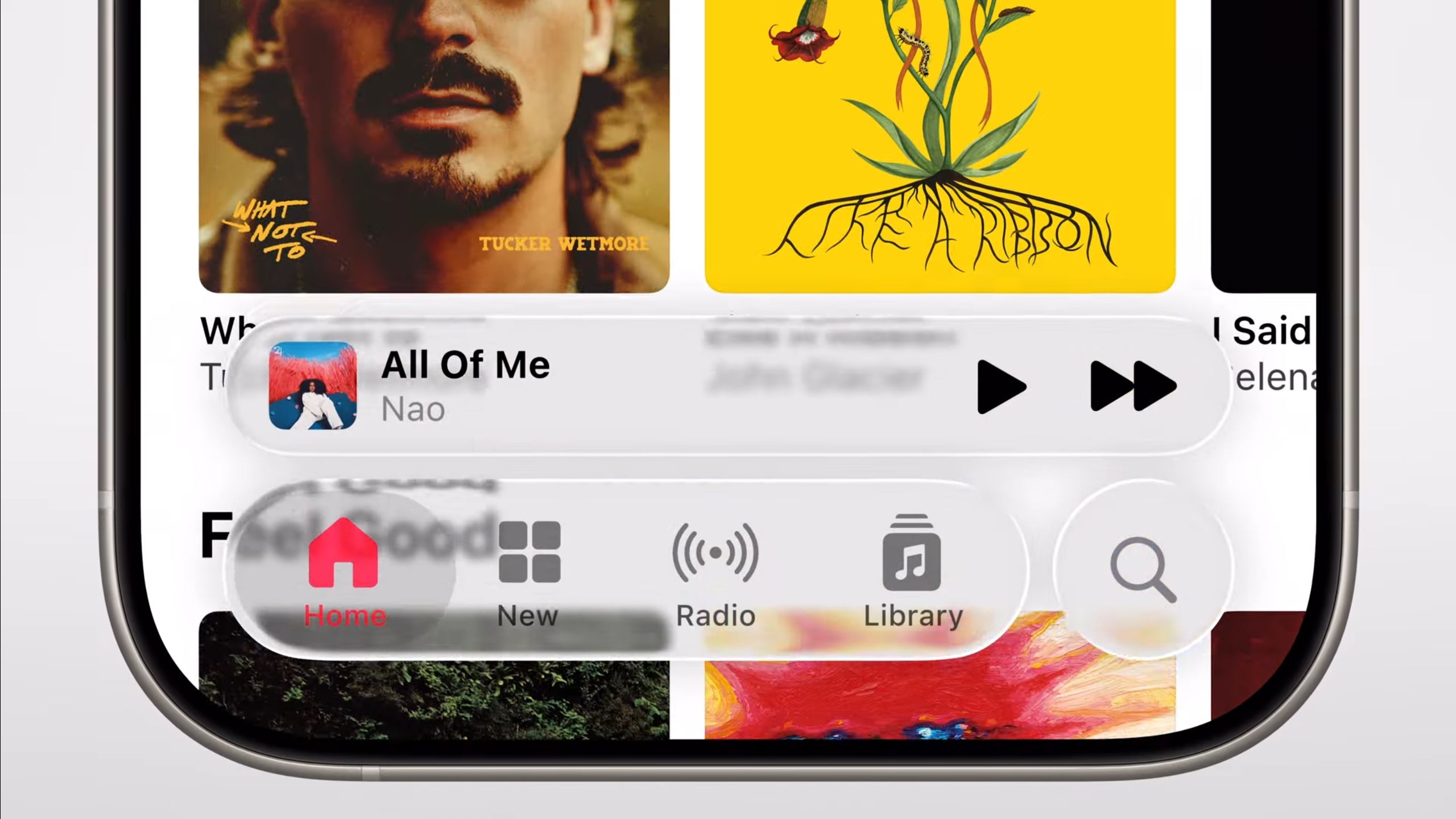UX/UI Best Practices from Leading Sportsbook Software Providers
Discover top UX/UI best practices that leading sportsbook software providers use to enhance user experience, boost retention, and drive conversions.

In this blog, we’ll explore the most effective UX/UI practices that leading sportsbook software providers follow. These insights are drawn from trends across the industry and what experienced design teams prioritize when building sports betting platforms. Whether you’re a new entrant or an established operator, getting the design aspect right can significantly impact your retention and conversion rates.
Prioritizing Simplicity and Navigation
One of the first rules that any sportsbook software provider emphasizes is simplicity. Sports betting platforms can be overwhelming if too much information is displayed at once. A cluttered interface can frustrate users and make navigation difficult.
The most effective platforms break down content into manageable parts and guide users through each step—from browsing markets to placing bets—without confusion.
Key Takeaways:
-
Use clear labels for tabs like “Live,” “Upcoming,” “Popular,” etc.
-
Avoid overloading the homepage; instead, create a logical hierarchy of content.
-
Keep the menu structure flat to reduce the number of clicks needed.
A best sports betting software provider often starts their UI process by testing the information architecture with real users, ensuring that even first-time bettors can move around comfortably.
Mobile-First Approach
With the vast majority of users placing bets from mobile devices, responsive design is no longer a choice—it’s a requirement. Most top sportsbooks now design for mobile first and scale up for desktop users later.
Mobile-friendly interfaces are characterized by larger buttons, easy scroll functions, swipeable menus, and sticky navigation bars. Betting slips, especially, need to be optimized for thumb-friendly interactions.
Key Takeaways:
-
Optimize all components for smaller screens.
-
Ensure loading speed is fast even on slower mobile networks.
-
Implement intuitive gestures for navigation and placing bets.
As one sports betting app development company shared in a case study, small tweaks like repositioning the bet slip increased user engagement by nearly 20% over a three-month period.
Consistent Visual Language
Consistency builds trust. Users should feel a sense of familiarity every time they move from one section to another. Color schemes, typography, iconography, and button styles should be uniform throughout the platform.
This doesn’t mean the platform should look boring—creativity is still important—but visual elements should maintain a consistent identity.
Key Takeaways:
-
Use consistent color palettes and fonts.
-
Avoid randomly switching button shapes or sizes.
-
Icons should follow a unified theme and style.
Well-known sportsbooks often establish style guides and stick to them, which also helps when scaling the platform or introducing new features.
Real-Time Data Presentation
In sports betting, timing is everything. Live games, odds updates, and in-play betting need to be displayed with minimal delay. Users should be able to view real-time updates without having to refresh their screens manually.
The sports betting API provider plays a critical role in delivering this experience. High-frequency data feeds are integrated to keep everything current.
Key Takeaways:
-
Integrate high-quality APIs for real-time updates.
-
Use subtle animations to highlight odds changes.
-
Alert users when bets are locked or odds are suspended.
By partnering with a strong sports betting API Integration team, sportsbook platforms can maintain accuracy and speed—two elements that greatly influence user satisfaction.
Smart Onboarding and Tutorials
New users often find sportsbook platforms intimidating. To address this, leading providers offer onboarding experiences that explain the basics: how to place a bet, what different markets mean, and how to track bets.
These can come in the form of tooltips, interactive walkthroughs, or short videos. They are triggered only once (or on request) and help users get comfortable with the platform.
Key Takeaways:
-
Add optional tutorials for first-time users.
-
Include glossary sections explaining common betting terms.
-
Make the onboarding skippable to avoid annoying experienced users.
Personalization Without Complexity
People enjoy betting differently. Some prefer single bets; others love parlays or live betting. Instead of creating a “one-size-fits-all” UI, leading sportsbook providers let users personalize their experience.
This could mean letting users pin their favorite teams, create watchlists, or receive personalized notifications based on past behavior.
Key Takeaways:
-
Allow users to customize their dashboard or favorites.
-
Use data insights to suggest bets or markets.
-
Enable notification settings for odds, match start, or results.
These features add value without overwhelming the user and are often the reason why customers stick to one platform over another.
Easy Access to Bet Slip
The bet slip is arguably the most critical element of any sportsbook platform. It must always be accessible—whether a user is on the home page, exploring matches, or reviewing past bets.
Bet slips should be lightweight, fast-loading, and allow for quick edits. Errors such as “invalid stake” or “market closed” should be communicated clearly.
Key Takeaways:
-
Display bet slip as a floating icon or slide-out drawer.
-
Show potential payouts instantly.
-
Allow removal and editing of selections with minimal effort.
Error Handling and Feedback
Nothing frustrates users more than pressing a button and getting no feedback. The best sportsbook platforms use instant feedback mechanisms to inform users when something goes wrong—or right.
For example, if odds change, a popup or color shift notifies the user before confirmation. If a bet is successfully placed, a small confirmation toast appears.
Key Takeaways:
-
Always show confirmations and error messages.
-
Use non-intrusive pop ups to notify about odds or bet status.
-
Avoid long loading times without visual indicators.
These details might seem small but greatly improve the overall flow of interaction.
Accessibility Considerations
Not every user will interact with your sportsbook in the same way. Accessibility should be a part of the design process—not an afterthought. This means considering people with different abilities and devices.
Features like larger text, keyboard navigation, and screen reader support are appreciated and sometimes even legally required in many regions.
Key Takeaways:
-
Follow accessibility guidelines like WCAG.
-
Provide alt text for icons and graphics.
-
Ensure color contrast is adequate for readability.
Providers that focus on inclusivity tend to see wider adoption and greater user satisfaction.
Trust Signals and User Support
Lastly, trust is vital in sports betting. Users need to feel secure about the money they're depositing, the fairness of bets, and the support they’ll receive if something goes wrong.
From a design perspective, this means displaying security badges, providing clear links to terms & conditions, and offering easy access to support.
Key Takeaways:
-
Make support available via live chat, FAQ, or ticket systems.
-
Display license and regulation information clearly.
-
Avoid aggressive popups or misleading promotions.
One sportsbook software provider revealed that their user retention improved drastically after placing a visible help icon on every screen.
Final Thoughts
UX/UI design in sportsbook software is much more than aesthetics. It’s about functionality, clarity, and the overall feeling users get when interacting with your platform. In a highly competitive market, platforms that prioritize user needs stand out more than those chasing flashy design trends.
With input from experienced teams, smart data handling, and a deep understanding of user psychology, your sportsbook platform can offer a satisfying experience that keeps users coming back.
Whether you're partnering with a sports betting app development company for a new build or revamping an existing platform, focusing on the practices discussed above will give your product the edge it needs.
To stay competitive in 2025 and beyond, learning from the UX/UI strategies of successful sportsbook platforms isn’t optional—it’s essential.

















































































































































![Top Features of Vision-Based Workplace Safety Tools [2025]](https://static.wixstatic.com/media/379e66_7e75a4bcefe14e4fbc100abdff83bed3~mv2.jpg/v1/fit/w_1000,h_884,al_c,q_80/file.png?#)































![[The AI Show Episode 152]: ChatGPT Connectors, AI-Human Relationships, New AI Job Data, OpenAI Court-Ordered to Keep ChatGPT Logs & WPP’s Large Marketing Model](https://www.marketingaiinstitute.com/hubfs/ep%20152%20cover.png)






















































































































![[DEALS] Microsoft Visual Studio Professional 2022 + The Premium Learn to Code Certification Bundle (97% off) & Other Deals Up To 98% Off](https://www.javacodegeeks.com/wp-content/uploads/2012/12/jcg-logo.jpg)























































































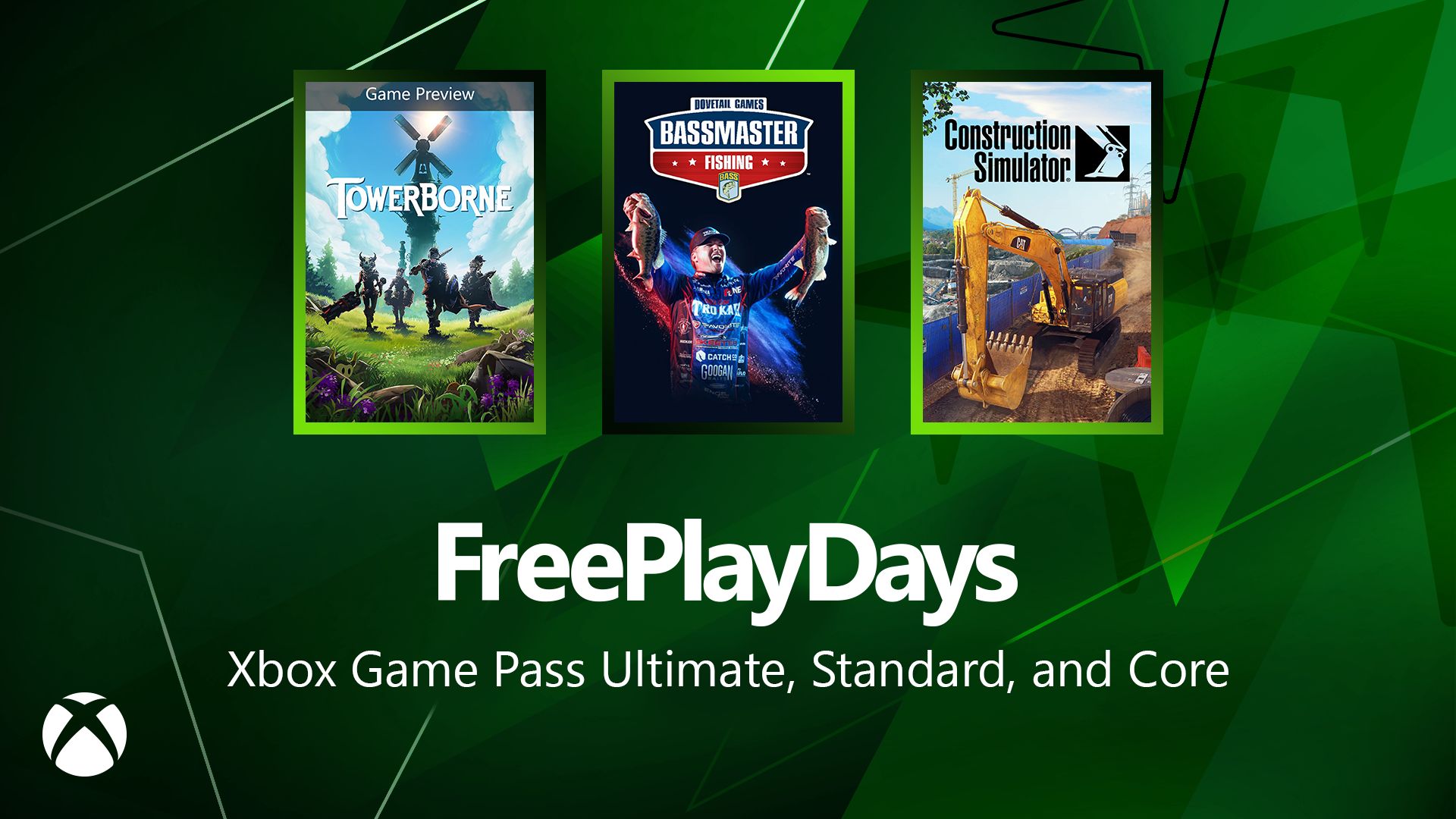




































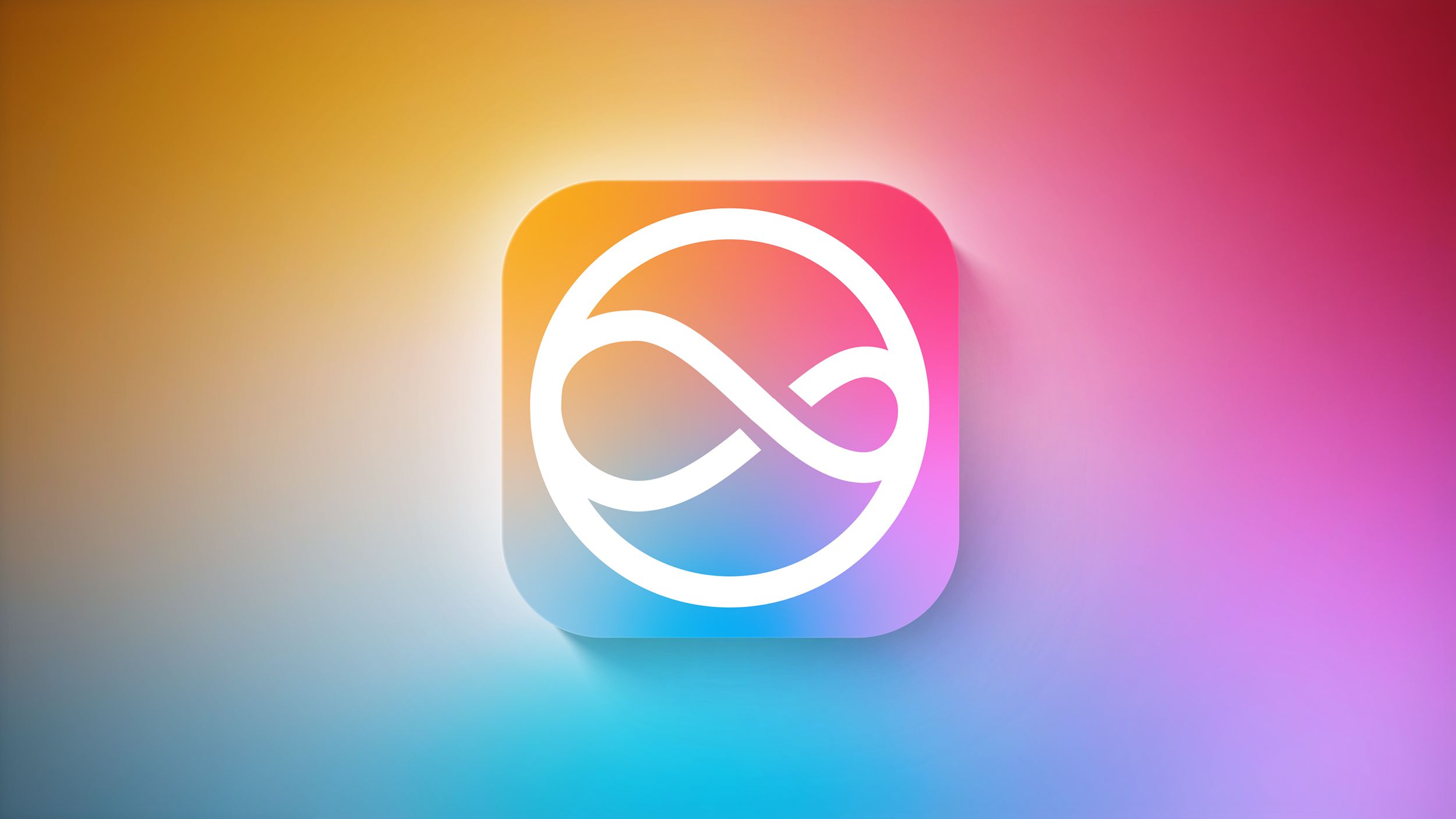
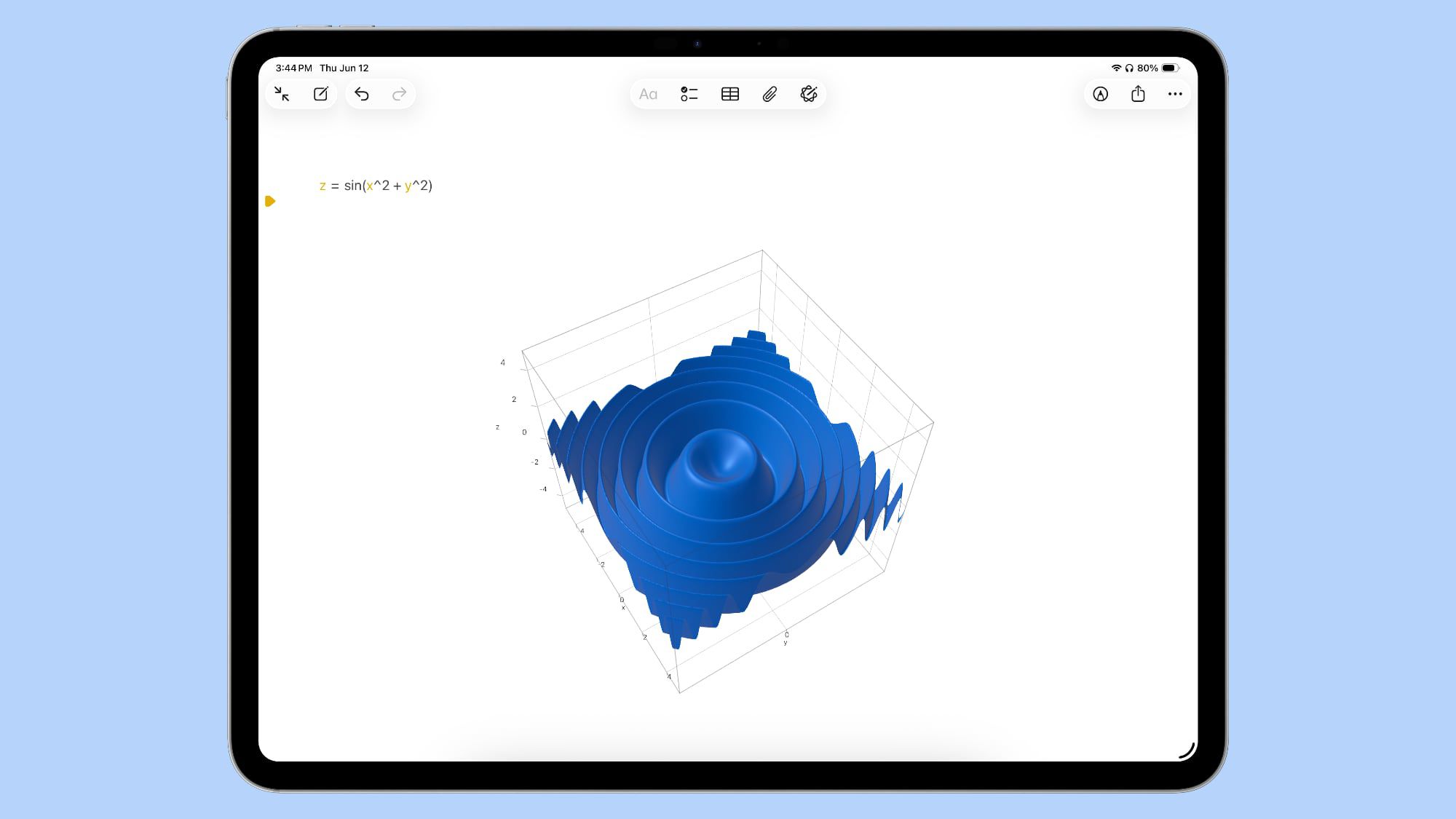
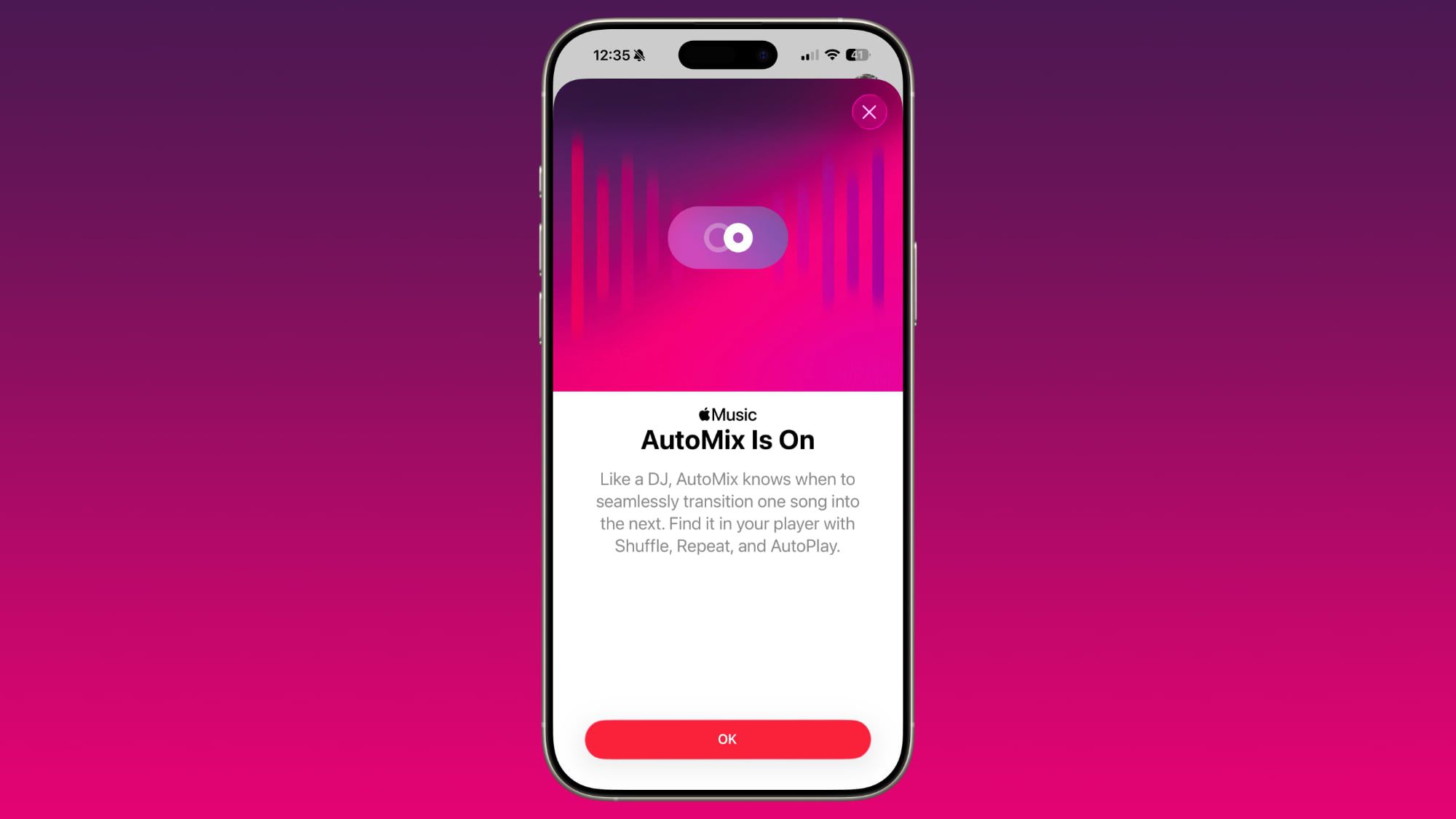




































































































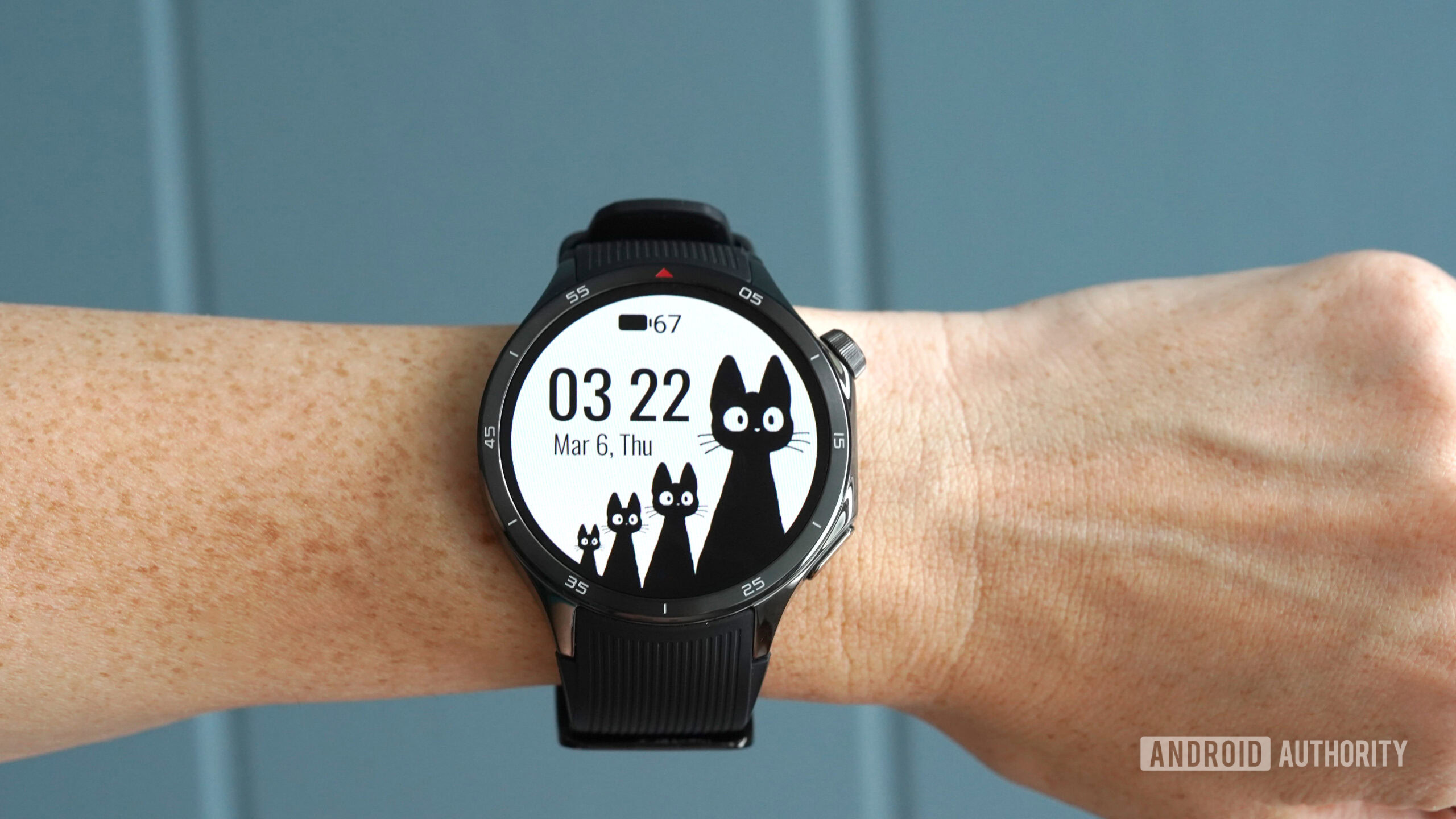


![PSA: Widespread internet outage affects Spotify, Google, Discord, Cloudflare, more [U: Fixed]](https://i0.wp.com/9to5mac.com/wp-content/uploads/sites/6/2024/07/iCloud-Private-Relay-outage-resolved.jpg?resize=1200%2C628&quality=82&strip=all&ssl=1)





















![Apple Shares Teaser Trailer for 'The Lost Bus' Starring Matthew McConaughey [Video]](https://www.iclarified.com/images/news/97582/97582/97582-640.jpg)


















